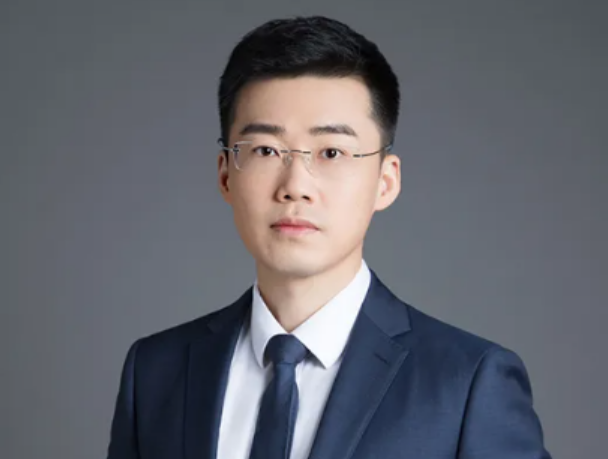ZTE Turbo Core: maximising value while lowering costs
Time:2023-03-03

Operators across the world have invested to fully virtualise their core networks using the cloud to support true 5G services and turned to consumer off-the-shelf (COTS) servers to keep equipment costs down.
The resulting decoupling of commercial servers, cloud platforms and applications, however, increases the complexity of system integration. “It also is undeniable an open system requires some compromises in the overall performance of the system and higher requirements for software and hardware configuration,” said Wang Quan, VP of ZTE Corporation.
The CPUs of COTS servers are not designed for parallel computing and network forwarding, creating a gap between traditional telco-grade hardware and resulting in low resource efficiency, Wang argued. This means operators face total cost of ownership pressures, such as high investment in equipment and high power consumption, as well as issues in how to improve service experience.
When commercial network interface cards (NICs) are used in 5G networks, especially for data forwarding, the forwarding efficiency and quality are not ideal. The industry currently generally adopts the Single Root I/O Virtualization (SR-IOV) technology for passthrough, but it is still difficult to stably achieve the deterministic network requirements required by 5G standards, he noted.
With the application of 5G technology and mobile edge across all industries, demand for network openness and media processing capabilities has increased significantly. It becomes necessary to introduce heterogeneous infrastructure to increase computing power and reduce the overall amount of equipment used.
System security and robustness also need to be comprehensively enhanced. In an environment with multiple network planes, multiple vendors and complex interfaces, the number of vulnerability points increases, and the diagnosis scheme becomes more complicated, he stated.
Boosting efficiency
To improve resource efficiency and the service experience, ZTE recommends using professional modules to runs professional systems. For example, allow dedicated network chips to handle data forwarding and graphic processing units (GPUs) to do image processing. “Deeply coordinate the flexibility of software and the efficiency of dedicated hardware, and precisely schedule heterogeneous computing power according to service characteristics to maximise the value per bit,” Wang said.
He suggests adopting a class of devices with dedicated hardware accelerators or programmable processors, called function accelerator cards (FACs) to speed up functions, such as networking, security and storage. Different types of FACs are introduced into the system for different requirements, such as smart NICs for data forwarding acceleration, data processing units (DPUs) and GPUs.
FACs have broad applicability in hyper-scale communication networks, enterprise data centres and edge locations, enabling more cost-effective data centre environments while improving performance. By offloading high overhead functions running in the host to the FAC, it provides stronger dedicated processing capabilities than the CPU, meeting the more stringent requirements of 5G services on latency, throughput and network determinism.
After adopting FACs, more CPU resources are available for service processing to improve the performance of a single server. From the perspective of the data centre or the entire network, given the same network load, using FACs the overall demand for server resources is reduced, and the cost of software and hardware is lowered.
Turbo-charged
ZTE introduced its Turbo Core making use of FACs along with COTS servers to offload high overhead resources, freeing up CPU cores of the server to host more workloads. “It helps to build an efficient 5G core network to provide an enhanced service experience, giving telecoms operators an opportunity to create new value,” Wang noted.
He compared its Turbo Core product to a car’s turbo engine: an FAC is a turbo-charger for a network.
Part of the workload originally processed in the CPU is transferred to the FAC, such as a smart NIC for processing user plane packet forwarding, and a time-promised communication (TPC) card for high-precision time synchronisation and deterministic forwarding.
“This allows professional modules do what they are good at. The turbo-charged core network has higher resource efficiency and lower power consumption, providing users with an enhanced service experience, helping operators expand their service boundaries and boost profits,” Wang explained.
ZTE has continued to evolve its Turbo Core with four key upgrades:
- Turbo Forwarding is implemented by inserting a smart NIC into the server of the 5G user plane functions (UPF) to efficiently forward user plane packets. Compared with the common NIC-based UPFs, the forwarding performance is improved to 200 per cent and the watts per bit is reduced by 41 per cent.
- Turbo Cloudification is powered by the NEO Cloud Card used in COTS servers to realise virtual-layer overhead offloading and achieve rapid cloudification of networks. Hypervisor is offloaded from CPU to the Cloud Card, freeing up nearly 20 per cent of CPU cores per server. When the application running on the host is attacked, the cloud management platform residing in the cloud card and physically isolated from the host application will not be attacked, making the entire system more secure.
- ZTE launched the industry’s first TPC card, with nanosecond-level time synchronsation and jitter, helping to provide deterministic network for industry use cases, such as differential protection of power grid and industrial control.
- The company also introduced visual accelerator card using a GPU to accelerate media processing, allowing operators to improve the consumer service experience.
ZTE’s Turbo Core combines software flexibility with hardware efficiency to maximum computing power for 5G network and edge computing, enabling operators to build efficient core networks and achieve the maximum value per bit, Wang concluded.

